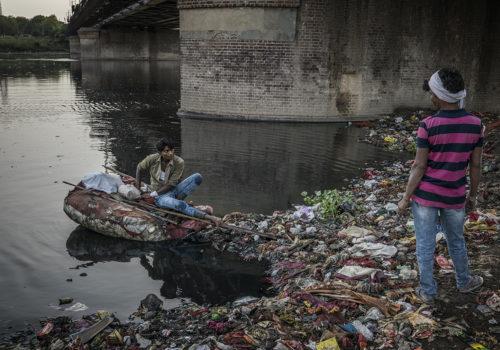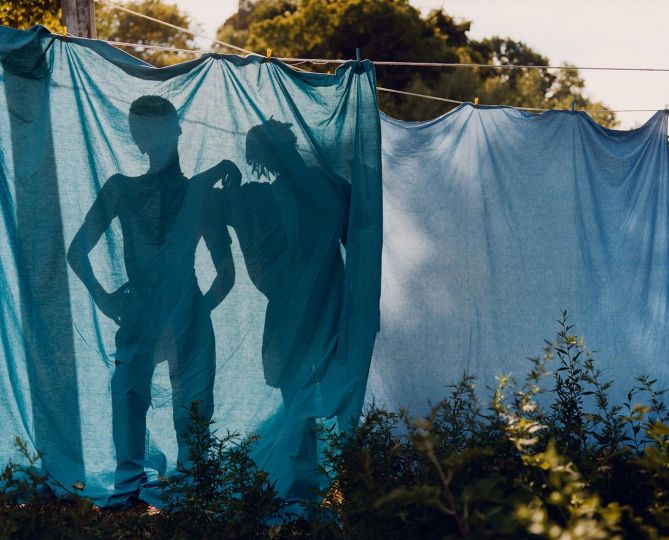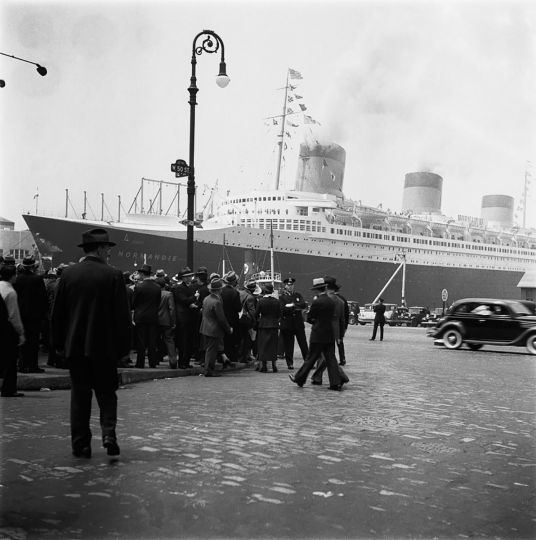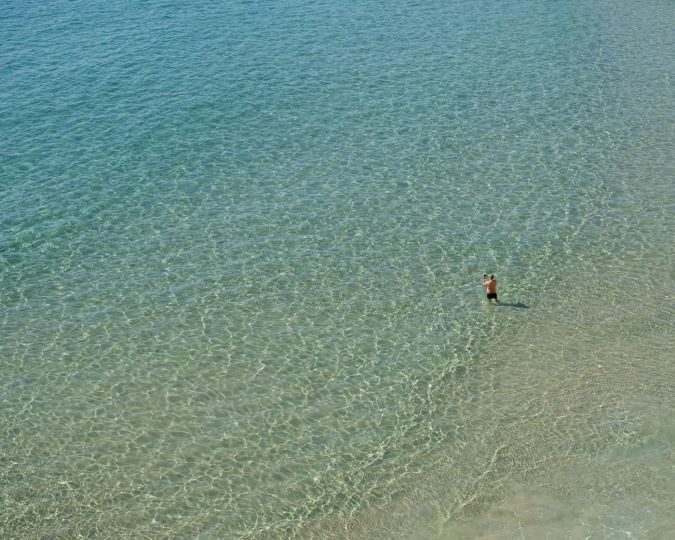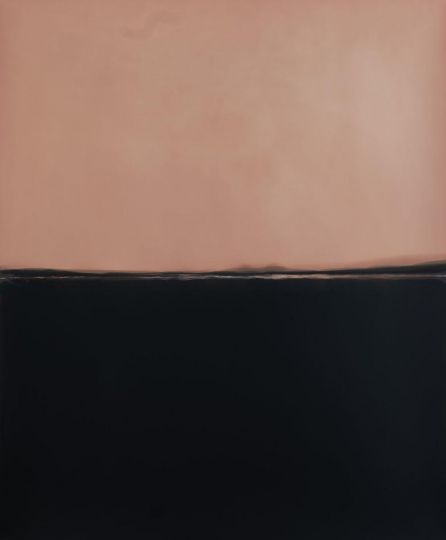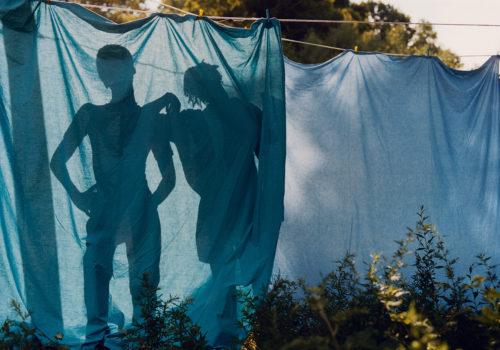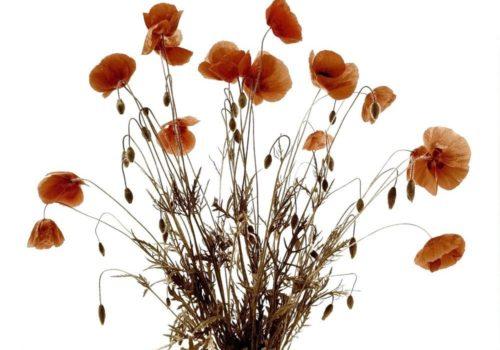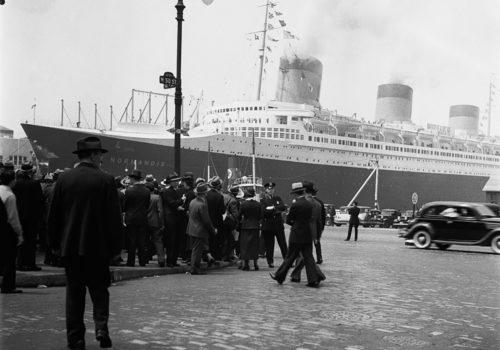Drowning in Plastic: an exhibition for awareness
James Whitlow Delano‘s exhibition Inghiottiti dalla plastica / Drowning in Plastic at the Centro Culturale Candiani in Venice Mestre tells of the ubiquitous problem of plastic waste, which affects all countries in a more or less visible way. If the damage is immediately visible in open-air dumps, in cities and the countryside, among abandoned or improperly recycled rubbish, or on the coastlines where endless forms of bins and other things wash up, the danger also exists when it is less visible, such as when it is linked to microplastics, which with their contaminants can move up the food chain until they reach us.

